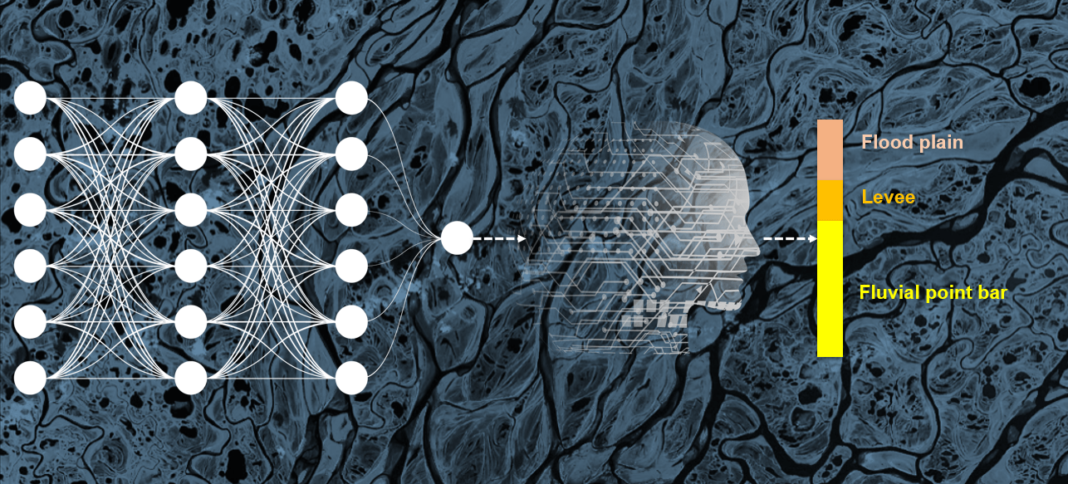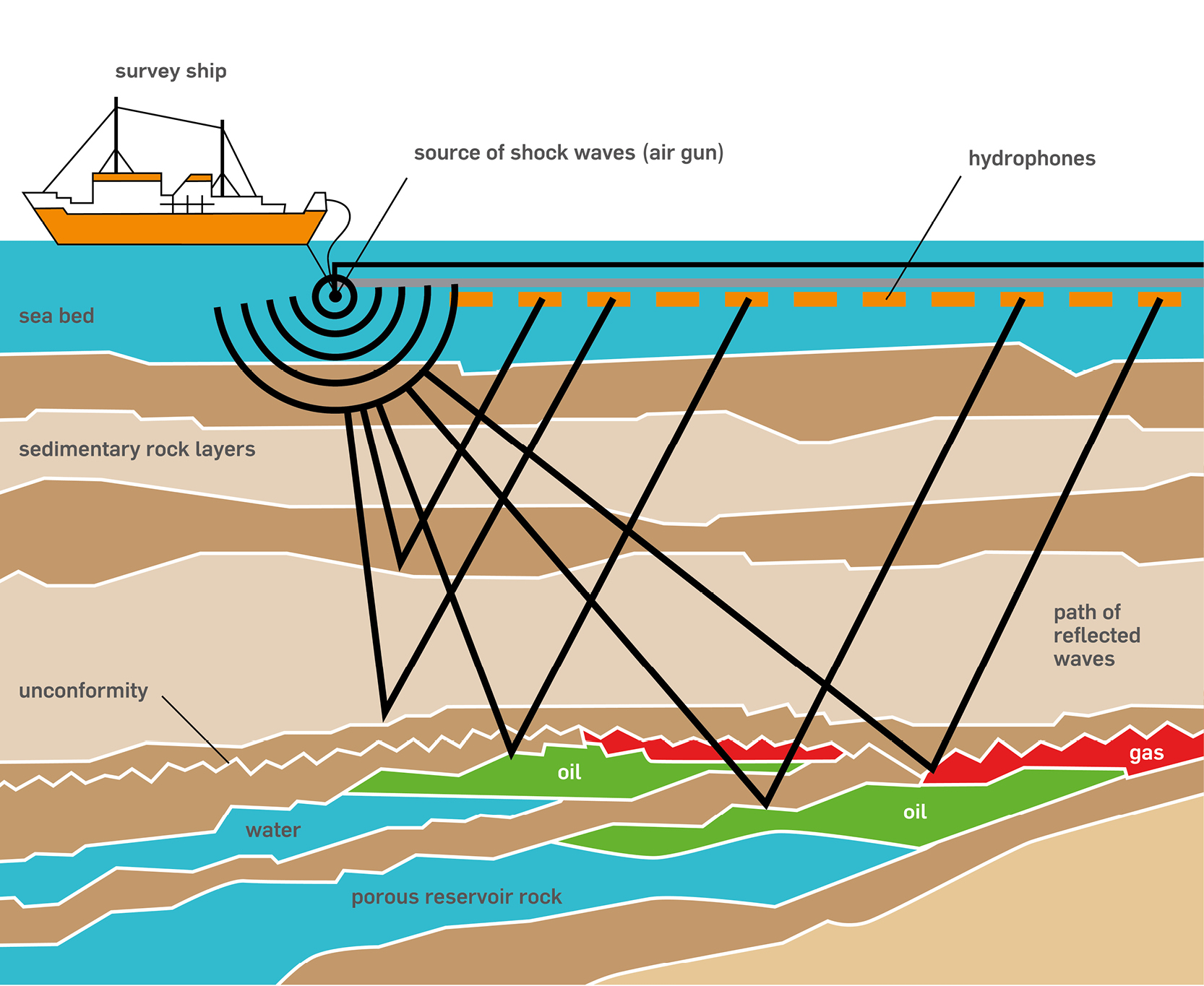Accurate prediction of depositional facies remains one of the greatest challenges to reservoir characterization as most interpretations are largely subjective because they are based primarily on well logs, which are non-diagnostic for facies interpretation, integrated with minimal core data. A newly developed Artificial Intelligence (AI) for depositional facies prediction was applied to produce detailed facies logs for sedimentary rocks. The AI utilizes a new hybrid approach which combines machine learning and an expert system that enables log data to be integrated with other data such as core and biostratigraphic interpretations. Unlike most machine learning models, the prediction is made considering log data in the context of depositional units. First, the Gamma Ray curve is divided into different depositional units by tracking Gamma Ray value changes. The machine then automatically assigns to each depositional unit a Gamma Ray shape, lithofacies, boundary type and its stacking pattern with adjacent units. These parameters are integrated with a machine learning model built on core data from the basin plus relevant biostratigraphic data and then passed through an expert system containing a set of fuzzy rules to yield final probability curves for each depositional facies. After making the initial facies assignments, the facies above and below each unit, along with the style of each unit boundary, and the range of associated facies, are determined by looping back through the expert system to produce a coherent stratigraphic succession (Figure 1). Outputs include predictions of the three most likely depositional facies for each unit and their respective probabilities.

Key values
A combination of Machine Learning and an expert system enable user to integrate their core data with other data such as logs and biostratigraphy. The method yields data-driven, reproducible and consistent results for facies prediction across an entire field. Another advantage is that a large number of wells can be evaluated quickly so that the facies interpretations reduced uncertainties significantly, relative to conventional methods, when a conceptual depositional model was derived from the facies distribution. Finally, it compensates for data gaps in depositional environment interpretation, which can often be responsible for significant uncertainties when building a conceptual model.
Advantages over conventional ML/AI systems
The AI offers a few advantages over current ML/AI system:
- Not restricted by making predictions on sample-by-sample basis. All data samples within each depositional unit defined by pattern recognition algorithms will have the same resulting depofacies
- Accounts for both log values and their extracted features, including GR shape, thickness, stacking pattern, etc. (Figure 2)
- Uses fuzzy logic approach which produces more than one facies with associated probability
- Able to incorporate machine learning model into the prediction process

Applications
The AI tool was applied to the MMF reservoir in Field X, Nam Con Son Basin, offshore Vietnam (Figure 3). Micropaleontological data from this reservoir are consistent with a well-oxygenated water column and bottom waters plus a moderately strong terrestrial input, which suggests an open marine environment relatively close to a sediment supply point (i.e. river mouth). The presence, in core, of channel lags, tide and wave-generated sedimentary structures, cohesive muds with vertical burrows, soft-sediment deformation and well-sorted massive sand, suggest that the depositional environment was a wave-dominated marine delta with delta front slumping. The AI-derived results were supported by the core and biostratigraphic-based interpretation in that most sandy units were predicted to be prograding marine shoreface successions, which are virtually identical to wave-dominant delta units. The reliable and consistent results from AI tool help to improve the quality of 3D reservoir model. Another case study for Cuu Long basin in VN is shown in Figure 4.


Our AI has been commercially launched on i2G platform so feel free to register for a free trial account if you are interested.







